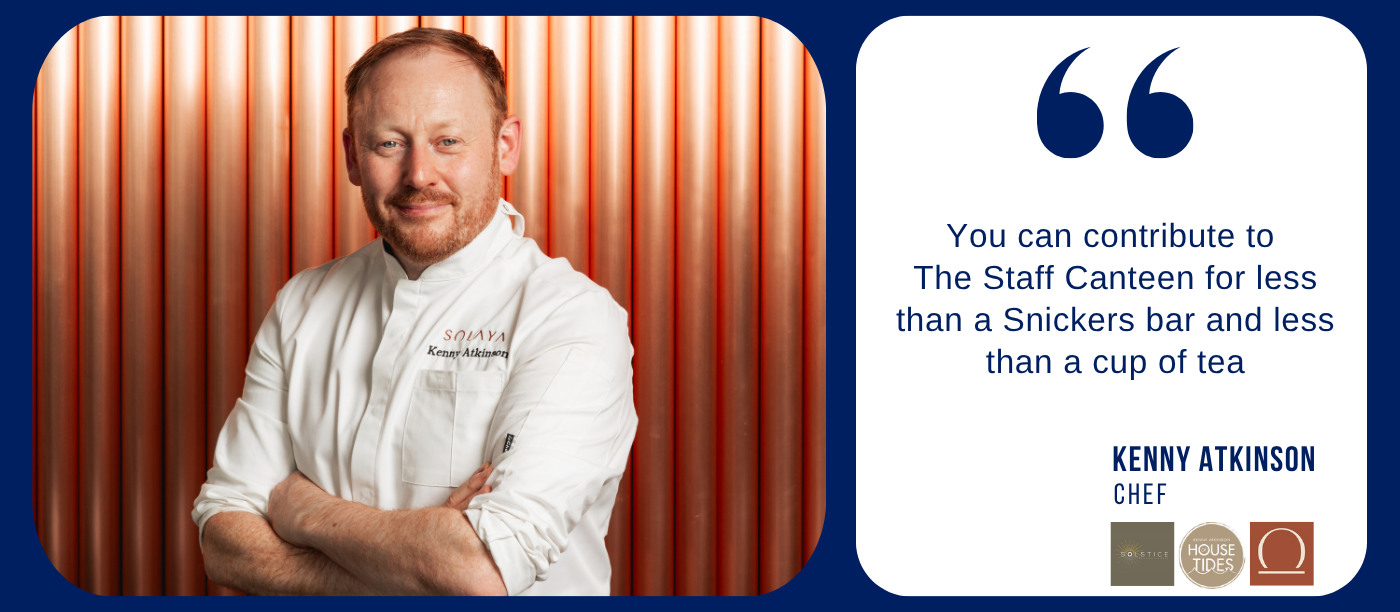tea, but as yet has not been added to the list of protected produce.
Haggis

It’s offal that’s far from awful. A classic dish in Scotland, Haggis is a weird yet wonderful dish that packs a powerful punch when it comes to the flavour. It’s one of those things that becomes so much more than the sum of its parts; not unlike the Scottish national football team.
A popular dish in Scotland and across the world where the Scottish diaspora have laid roots, haggis is as Scottish as the Proclaimers, though the dish may have originated in Lancashire. As with almost anything in Scotland, you can get a battered version.

Haggis is traditionally served on Burn’s Night in Scotland, which falls on the 25th of January, the birthday of the prolific Scots poet, Robert Burns, who is considered a pioneer of the Romantic Movement.
This commemorative celebration of the poet’s life is also a celebration of Scottish identity, as Burns is a cultural icon for Scots the world over. Best served piping hot alongside ‘neeps and tatties (that’s turnips and potatoes), with a dram of Scotch whisky to wash it down, and a healthy helping of Burn’s poetry.
Even if you don’t feel like eating haggis, you can always enter the Haggis Hurling competition, which involves throwing your haggis as far as possible. The current record was achieved by Lorne Coltart in 2011, and stands at an epic 217ft, which beat Alan Pettigrew’s record of 180ft 10in, set in 1984.
Lancashire hot pot

It doesn’t get much more soothing than this winter warmer. The Lancashire Hotpot has its roots in the industrial revolution in the mid-19
th century. A simple, slow cooked stew of meat, vegetables and potatoes, the Lancashire hotpot is a real icon of British soul food. Warm, hearty, and full of character.
It is such a popular dish that a band from Merseyside have pinched the name - The Lancashire Hotpots are a comedy folk band who have a small cult following in the UK, and have released a handful of albums and singles.
Just like Devonshire cream tea, campaigners have come together in an attempt to get the hot pot recognised as a dish with Protected Geographical Indication; as yet, PGI status has not been awarded.
Words by Conor McCardle
With British Food Fortnight running from 21st September till the 6th October, we can really see just how excellent British produce is; farmers’ markets are a great place to see some of the freshest local and regional produce that is available throughout the coming season.
Read about some of our iconic cuisine here - Did you know that every year in Britain, we get through 382 million portions of fish and chips?




















